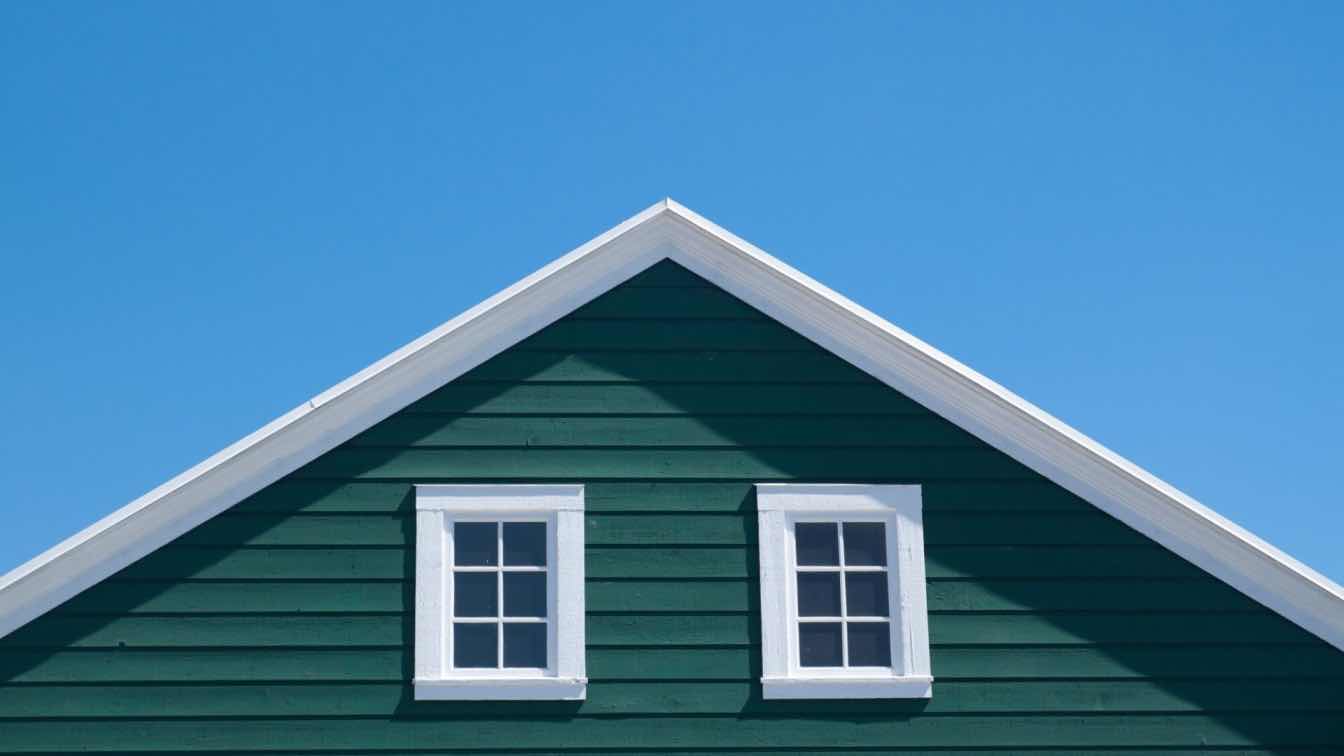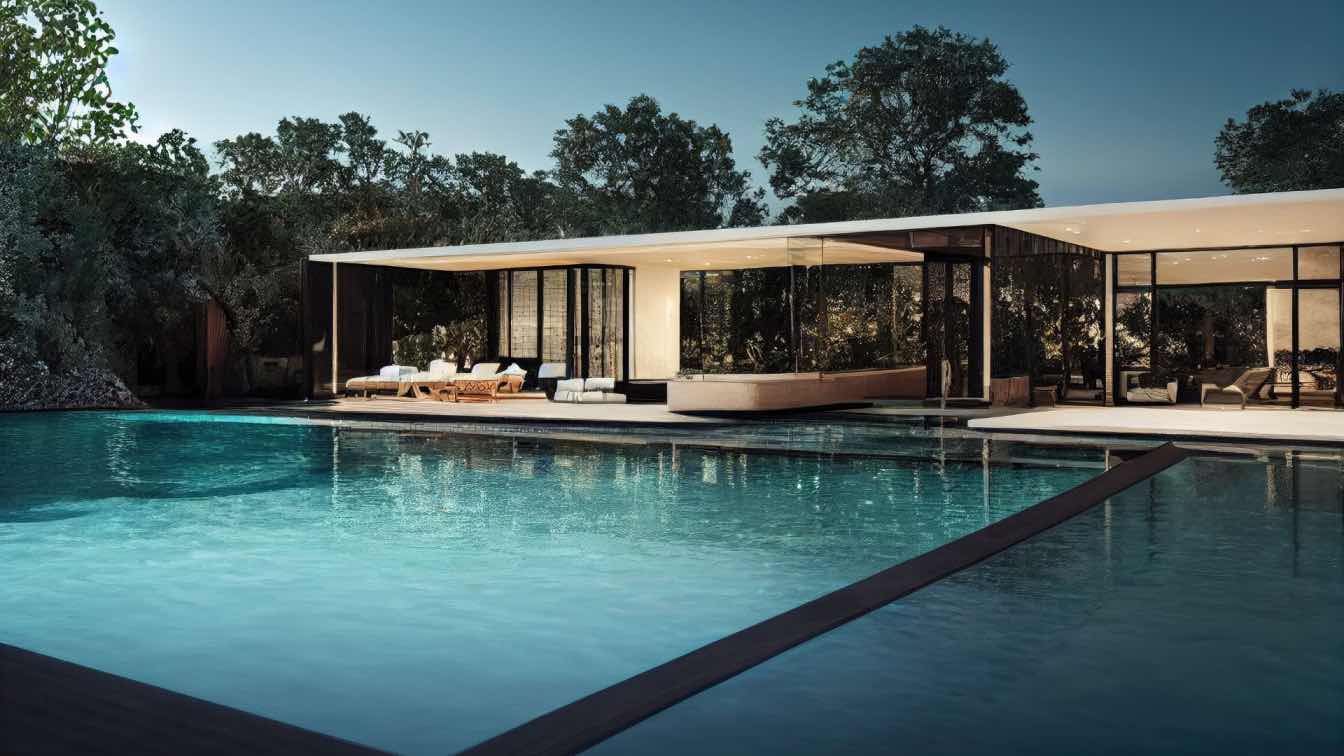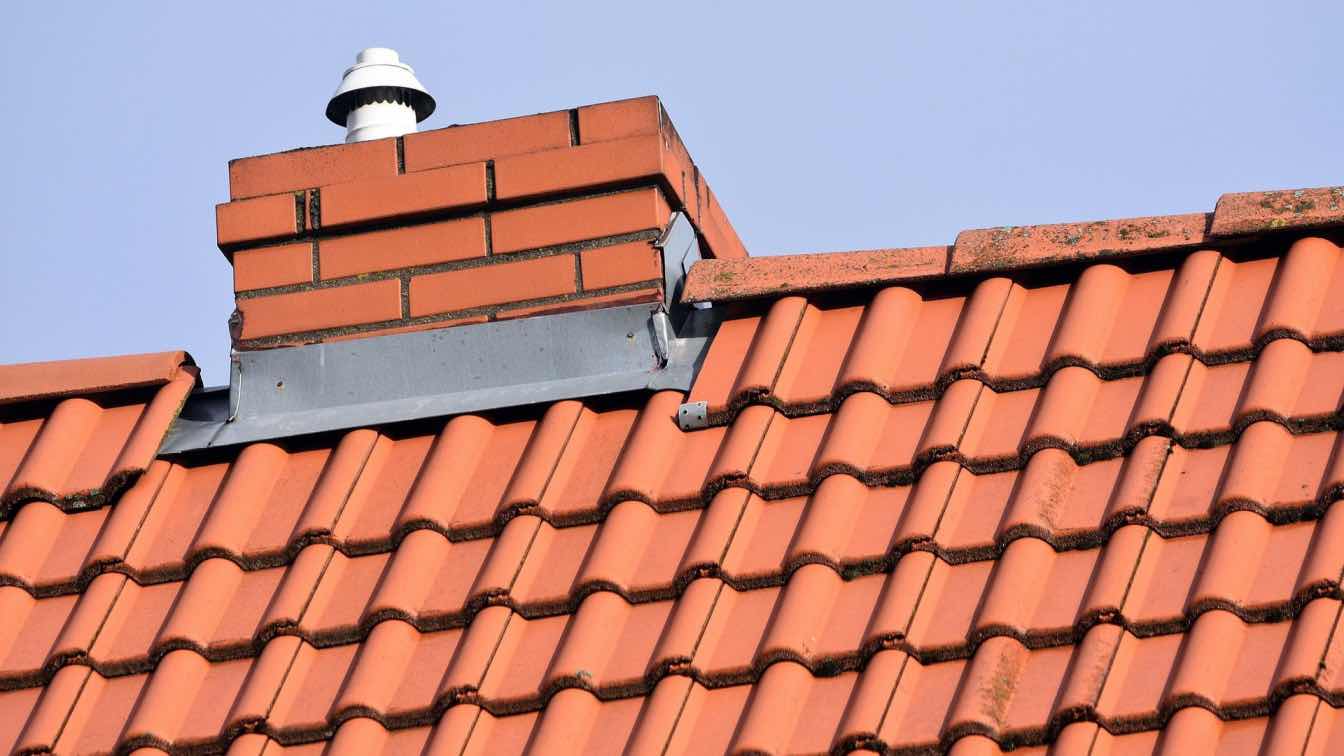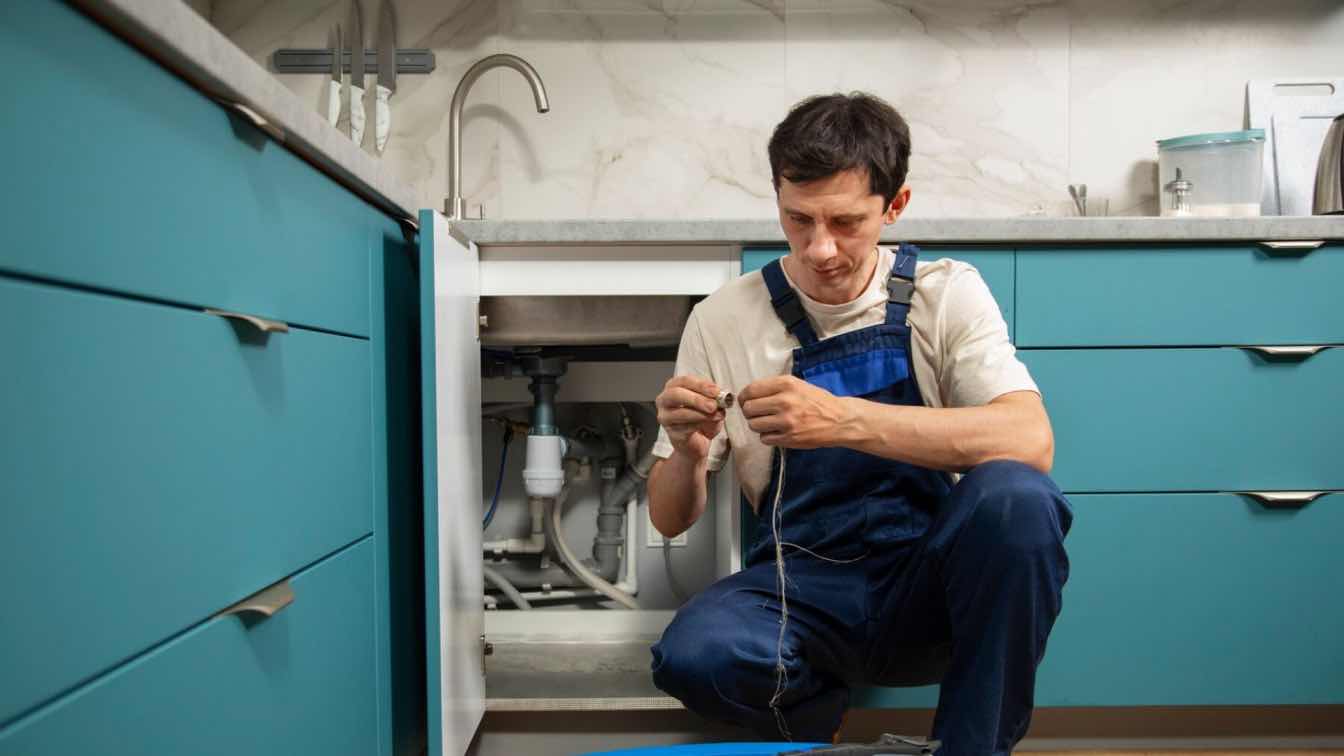Roofs are more than just protective covers for our homes; they are defining elements of architectural character and design. The silhouette a roof creates against the sky can transform a building from ordinary to extraordinary, serving both functional and aesthetic purposes. In this exploration of the structural symphony, we will delve into the myriad ways roofs have influenced home architecture, considering factors such as materials, shapes, and cultural significance.
From the classic pitched gables of a traditional cottage to the modern flat designs ideal for urban dwellings, roofs shape not only the exterior facade but also the interior experience of the spaces we inhabit. Join us as we climb to the heights of architectural innovation and appreciate the craftsman’s ode to shelter and beauty—the roof.
The Role of Materials in Roofing Design
Choosing the right material for a roof is a critical decision that influences not only its durability but also the home's visual appeal. Traditional materials like clay tiles and wooden shingles carry a timeless charm, whereas modern materials like metal, slate, and synthetic products offer longevity and less maintenance. These materials shape the roof's ability to withstand the elements, from the fiercest storms to the scorching sun and everything in between.
In addition to practicality, the material used in roofing also affects the architectural identity of a home. For instance, terracotta tiles may evoke Mediterranean warmth, while sleek metal roofing could complement the clean lines of contemporary design. The texture, color, and pattern of the roofing material can harmonize with a building’s surroundings or create a stunning contrast that sets it apart. Remember that certified roofers can assist you in choosing the right materials and installing them for optimal performance. Also, keep in mind that regular maintenance and replacing damaged materials are vital to keeping your roof functional and attractive for years to come.
Roof Shapes and Their Influence on Architecture
Roofs can take on various shapes from the simple flat roofs that provide a minimalist look to intricate mansard roofs with their French historical connotations. Each form—gable, hip, gambrel, and many others—has its own aesthetic and functional implications. Flat roofs have gained popularity in urban settings for their ability to provide additional outdoor living space, while the pitched gables of a traditional cottage offer efficient water and snow run-off.
As homeowners become more eco-conscious, roof designs also evolve to accommodate solar panels or green roofing, which integrates plant life into the building itself. The shape of the roof plays a crucial role not only in defining the look of a home but also in its environmental impact and the potential to harness or adapt to natural forces.
Cultural Significance of Roofs
Around the world, roof designs can be symbolic, with shapes and materials reflecting cultural identity and historical context. In the Far East, for instance, gracefully curved roofs are often seen, bearing significance in Feng Shui and suggesting a harmonious balance with nature. In contrast, the thatched roofs of English cottages echo a rural, historical simplicity that has been preserved over the centuries.
By understanding the cultural backdrop of a particular roof style, architects and builders can create structures that are respectful of heritage and embody a sense of place. Whether through conscious mimicry or a modern reinterpretation, roofs serve as a canvas for cultural expression, communicating stories of the people who live beneath them.
Modern Innovations in Roofing
Technological advancements in materials science and engineering have spurred a new age of roofing that prioritizes energy efficiency, ecological impact, and resilience. Photovoltaic roof shingles that double as solar panels are not only energy producers but are also becoming more aesthetically pleasing. Similarly, cool roofing technologies reflect more sunlight and absorb less heat, combatting urban heat islands and reducing cooling costs.
Aside from sustainability, modern roofing innovations also include smart systems that monitor roof conditions and provide data on structural health. These progressive trends not only signify shifts in building codes and environmental awareness, but they also hint at a future where roofs are multifunctional, integrated components of a home's overall system, going far beyond traditional sheltering functions.
The Interior Influence of Roofs
The design of a roof has a profound influence on the interior space of a home. Vaulted ceilings under high, steep roofs can create a sense of openness and grandeur, filling a room with light and air. Conversely, lower ceilings can impart coziness, making a space feel more intimate and sheltered.
Beyond the psychological impact, the roof's design dictates practical aspects of the interior, such as attic space for storage or accommodation, or the possibility of skylights to brighten up a home's interior with natural daylight. This interplay between form and function emphasizes the roof's role in shaping not just a building's silhouette, but also the lived experience of the inhabitants within.
The journey through the world of roofing uncovers a rich tapestry of design, functionality, and cultural expression. From the traditional to the avant-garde, each roof tells a story—a narrative of historical practice, environmental adaptation, and artistic ambition. As we have explored, the roof is far from a mere capstone to a building; it fundamentally shapes our dwellings, influencing everything from the sustainability of a structure to the comfort and lifestyle of its occupants.
The evolving innovations in roofing technology represent not just an advancement in materials and engineering, but also a commitment to creating homes that are both sustainably responsible and aesthetically inspiring.





